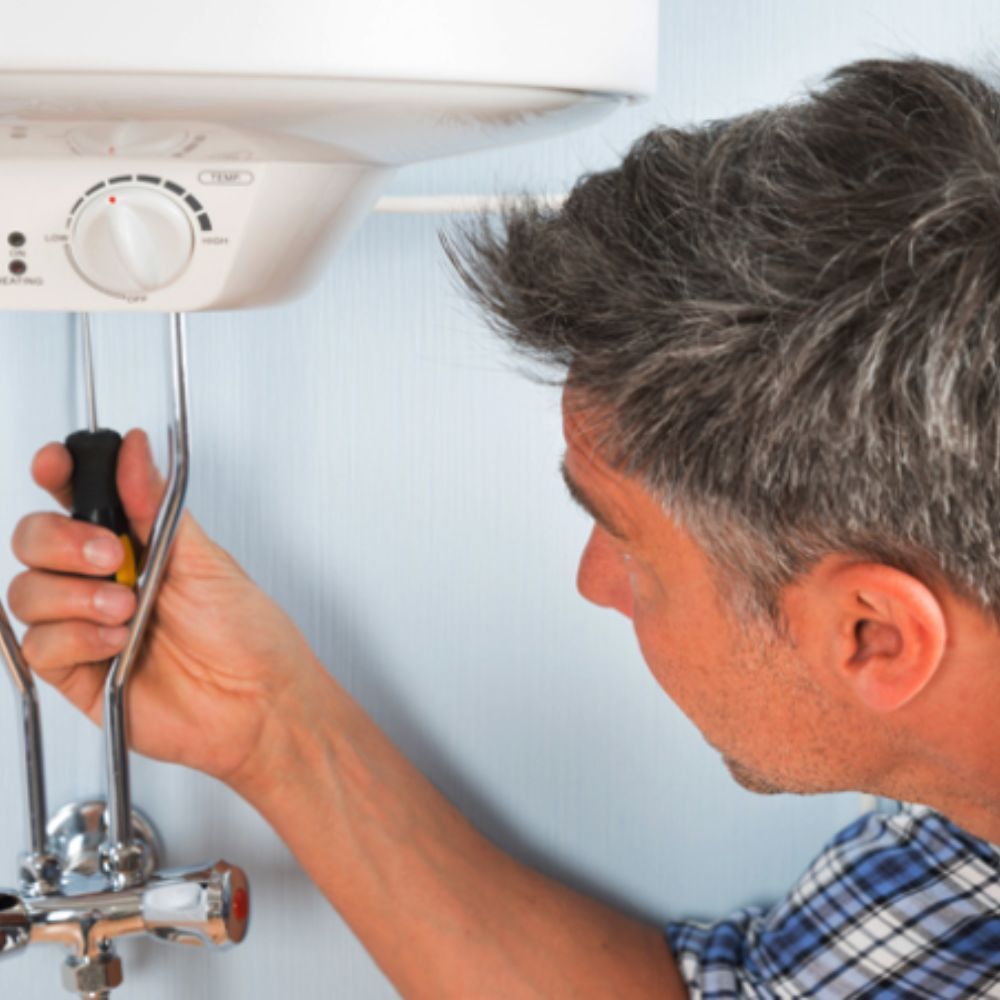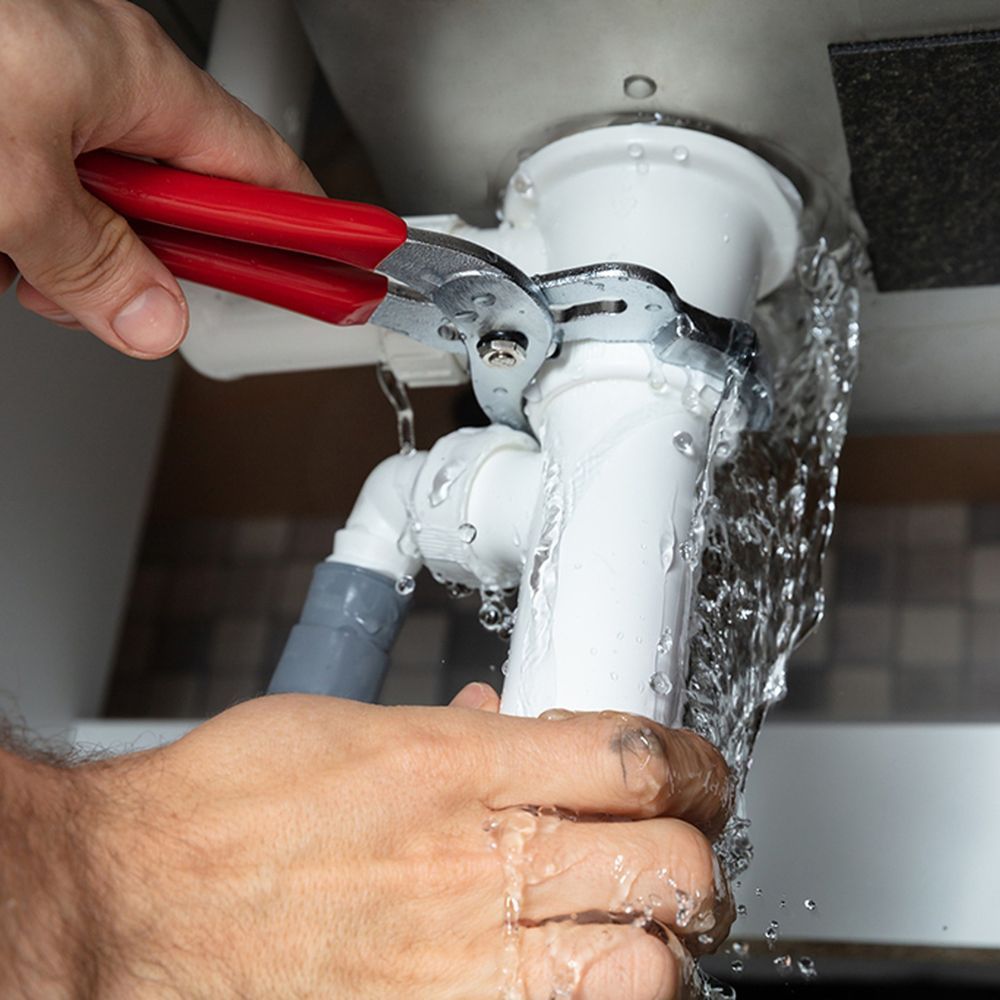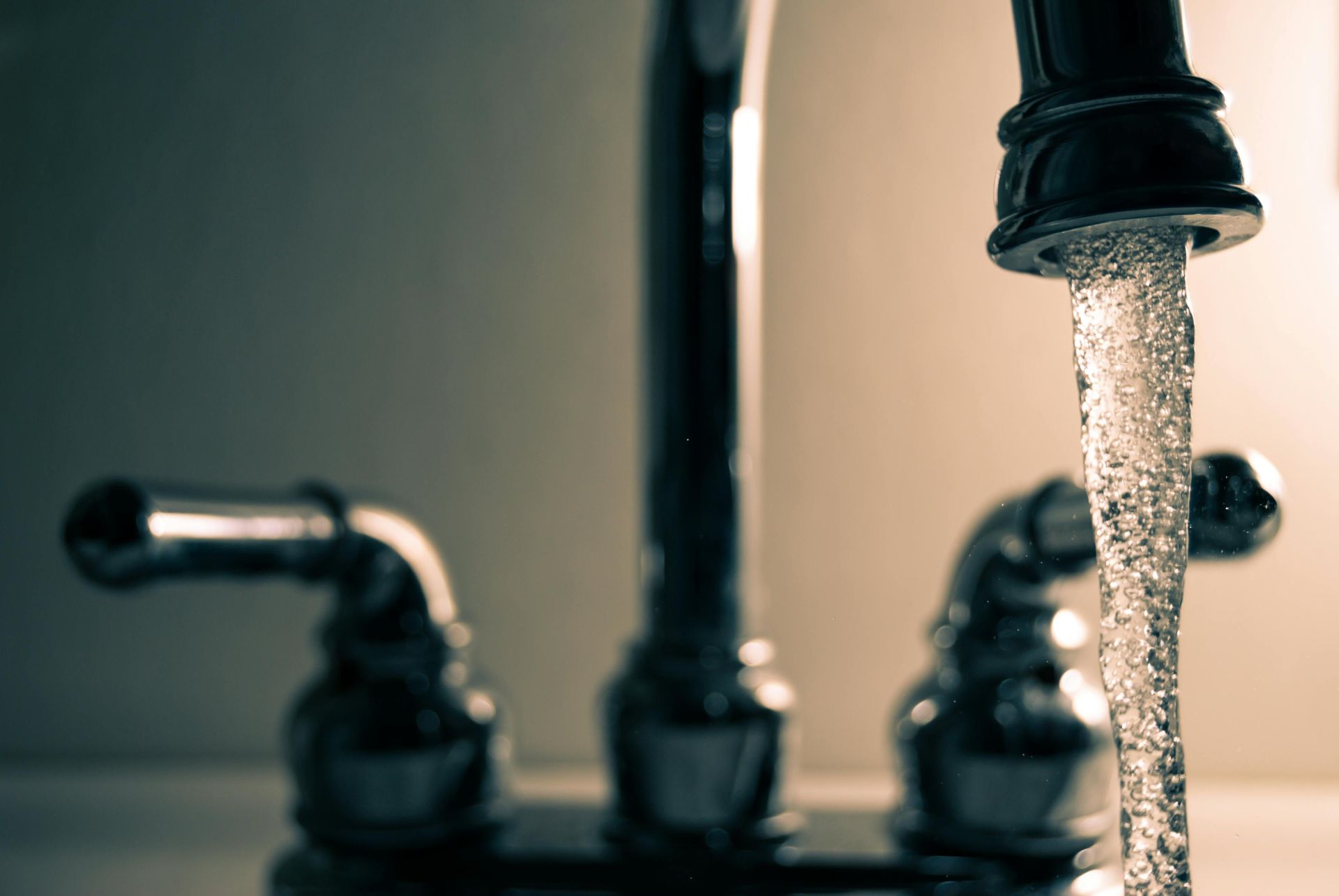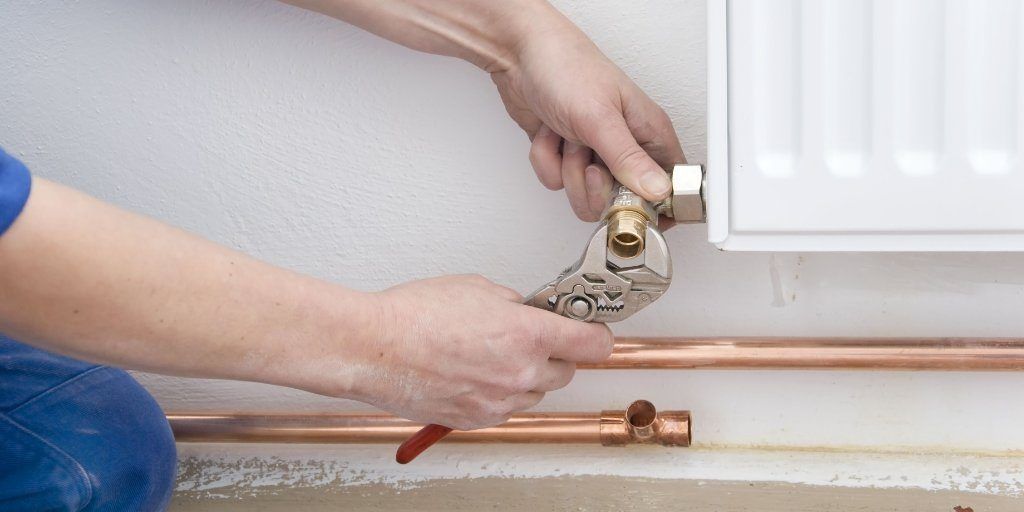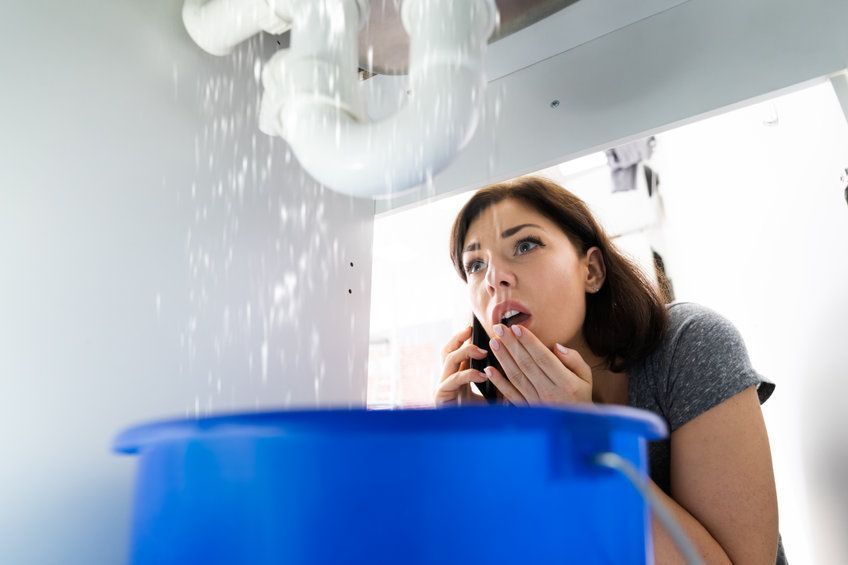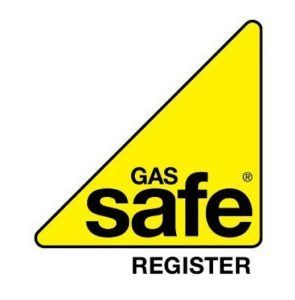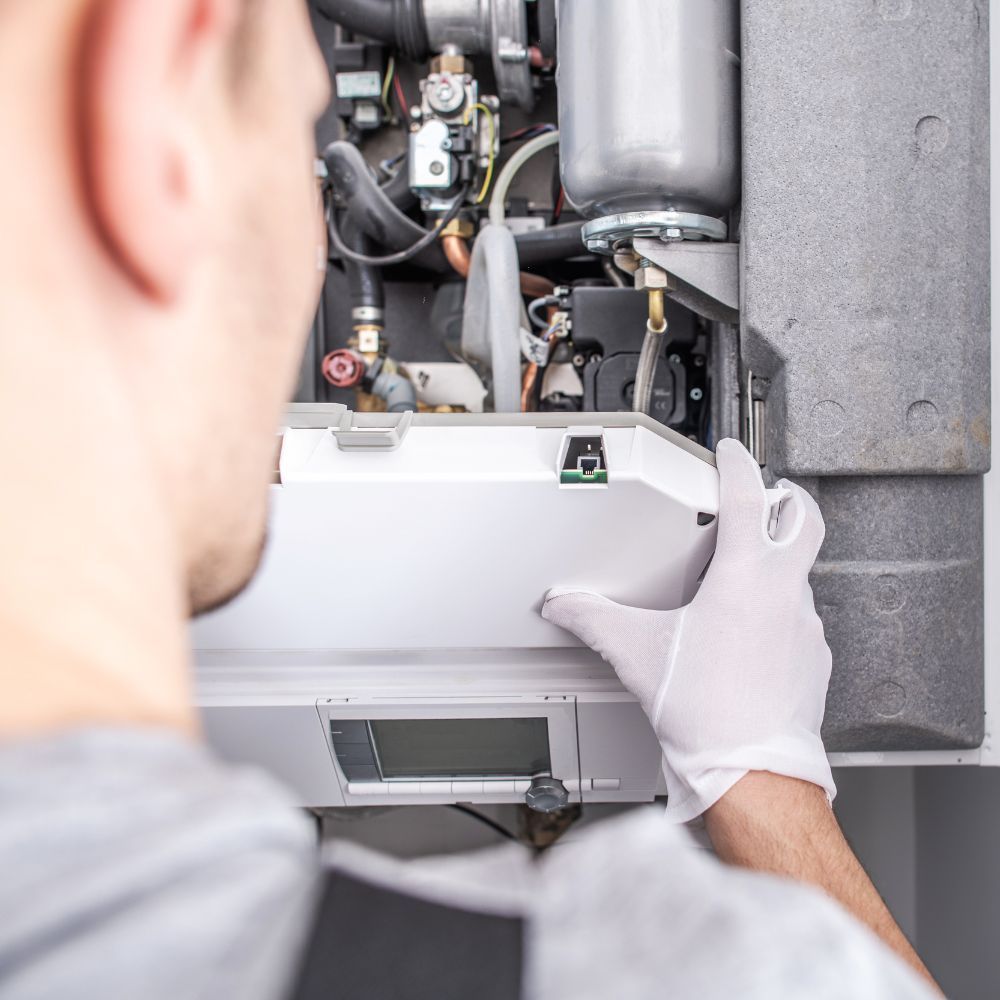How to fix a toilet flush button - Replace toilet flush button
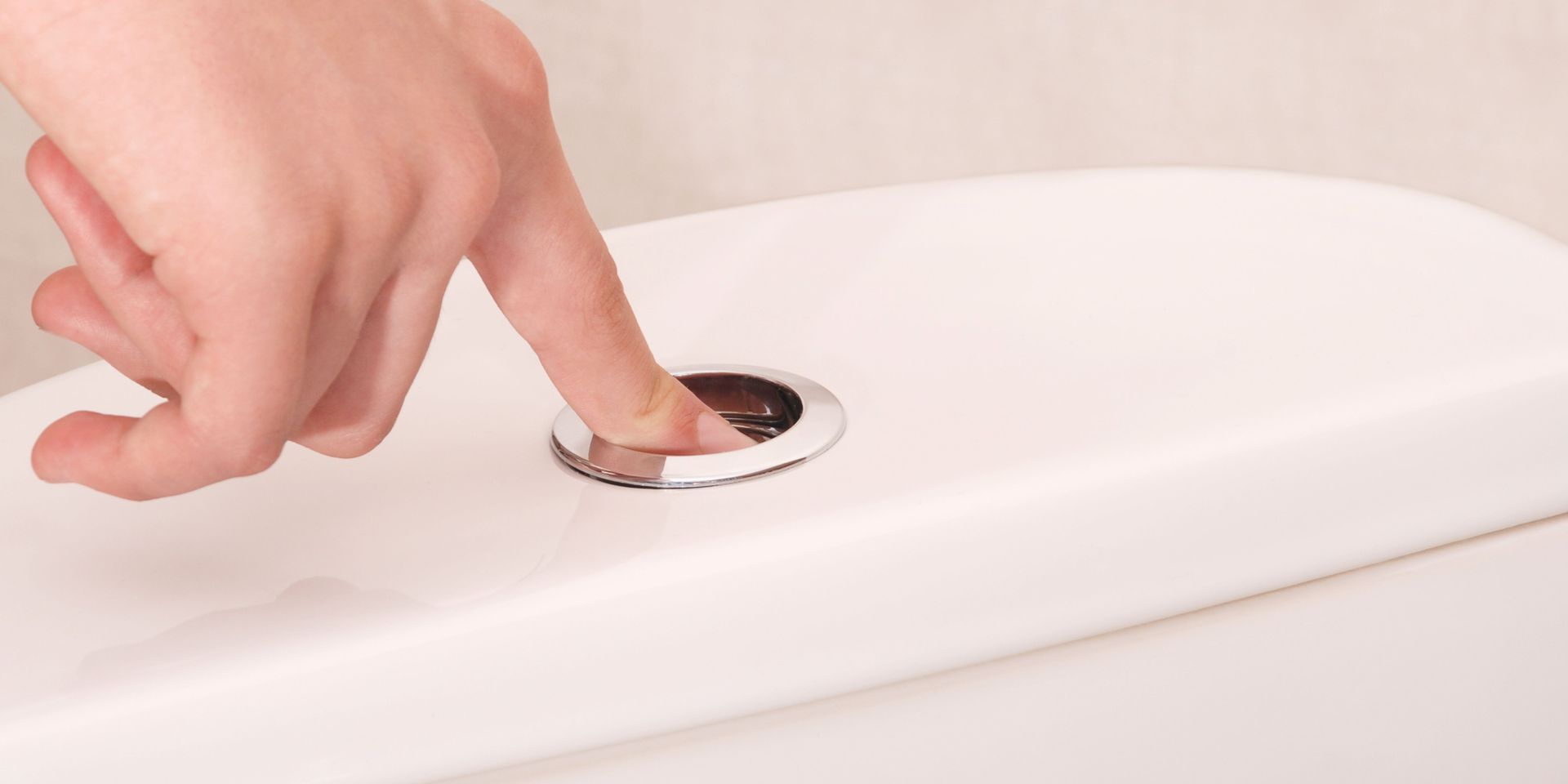
You never consider how to fix a toilet flush button until you break yours and you don’t have a choice. When you face a flushing problem in your toilet, it can cause some trouble and make your toilet impossible to use.
This is always going to be an issue - you need to use your toilet, and you need to be able to flush it, too.
Today, we’re going to talk you through how to
fix a toilet flush button!
My toilet flush button is broken, how do I fix it?
Every single toilet has a flush point, whether that be a handle or a button to push. After use, you press the button or pull the lever and the water flushes through the toilet, taking the waste down the pipe. Over time and use, toilet flush buttons can (and do!) break, and it’s at this point you need to know how to fix or replace your toilet flush.
Toilet flush buttons are a modern feature for a toilet, as they used to be flushed with a hanging chain feeding into the cistern of the toilet. This would hang down the side of the toilet cistern and were easy to replace and fix.
Nowadays, most toilets have discreet buttons on the side or the top of the cistern, but these can still break and need replacing.
In this article, we’re going to talk you through the tools you need to fix or replace your toilet flush button, and we’re going to teach you how to do it from start to finish.
Tools needed to replace a toilet flush button
Before you get started with learning how to fix a toilet flush button, you need the right tools to get you started. You don’t need very many, luckily, so you know that this is going to be an easy job for you!
Below, we’ve got a list of tools required to resolve the issues that you’re having with your push button toilet flush issues. Once you have opened the toilet cistern, you’ll see whether you are dealing with a top press dual flush valve or a flexi-mount dual flush valve, which will ensure that you are using the right tools.
- So, what do you need?
- A pair of grips
- A flathead screwdriver
- A towel - to clean up any water mess
The tools you require depend on the problem you’re having with your toilet flush button, but the good news is that the tools you need are most likely found in your toolbox already.
How to change a toilet flush button - Step by Step
Replacing a faulty toilet flush button isn’t a difficult process, but if you’re new to it, it can feel as if there is a lot to it. It doesn’t matter whether your toilet has a standard flush or you have a water-saving feature - if you need to replace it, we can assure you that you can!
Before you rush to Google how to fix the toilet flush button, check out the steps below and follow them carefully. We can guarantee that you’re going to be able to
fix your faulty flush button in no time at all!
Step 1: Turn Off Your Water
It’s an obvious step - or so you’d think! Many people forget this most important step of the process, but if you don’t turn off the water, you’re going to need that towel for sure!
Some toilets have an isolation valve, and if yours does, turn it off before you get started. This will stop the water to the toilet but not for the rest of the house, so you can keep using the water elsewhere.
If you don’t have an isolation valve, check under the kitchen sink and turn off the water there at the stopcock. It won’t be hard to find as it’ll have a “W” on it!
Step 2: Remove The Cistern Lid
There is a refill tube inside the cistern, so lift the lid and disconnect the refill tube from the lid. Put the lid down somewhere safe and take out the old button. It won’t be hard - you just have to undo the back nut.
Clean out the rim of the hole and it’ll be clean and ready for the new button. Be careful with the lid - it can smash easily!
Step 3: Start Draining The Water
Before you do anything further, flush down the system and you’ll be able to empty out the cistern. You have to empty it before you remove the entire cistern, otherwise you risk flooding everything in the bathroom.
You can flush out the system easily depending on the type of flush mechanism you have. If there’s a little water left in the cistern, don’t worry - it won’t make too much of a difference.
Step 4: Remove the cistern
Removing and replacing the flush button is easier when you remove the cistern entirely. In fact, you won’t be able to replace it without taking the cistern from the toilet. Take the screwdriver and remove the screws holding the tank to the wall - and do it carefully.
Underneath the cistern, you’ll find two wing nuts, and those need to be undone so that it can be lifted away completely. Keep the nuts and bolts, as well as the screws, to one side, and you’ll be able to find them again later.
Remove the pipe that goes into the tank, then empty the leftover water from the tank and close the lid of the toilet. Add your towel to the lid and remove any water from the area where the cistern goes.
Step 5: Take Out The Old Flush Valve
Right at the base of the cistern, you’ll find a rubber gasket shaped like a doughnut. You can use the grips here to remove the back nut that holds the flush. There’s a metal clamp that you need to remove and put to one side, and then check if the doughnut washer is still in good condition.
If the condition is good, you can reuse it and put the new washer to one side as a spare. Take out the flush valve from the tank and then give it a wiggle to slide around the hole.
Step 6: Begin Adding The New Flushing Mechanism
Some flushing mechanisms can be a pain to fit, but once you get the new flush unit out of the packaging, it’s time to fit it in. Take out the washer and remove the nut by hand, then move the new seal up so that it’s tighter at the bottom of the unit.
You can then add the new valve through the cistern and secure it in place. You can then put back the rubber gasket (the doughnut one!).
Step 7: Start Putting The Cistern Back
Now, we need to reverse the process of taking the cistern off the wall and put it all back together. You start with the two bolts going back into the bottom of the tank, and then put the cistern back in place.
You just need to tighten the wing nut to secure the cistern to the toilet bowl, and for that you’ll need the screwdriver to tighten those screws holding the tank in place to the wall. Make sure that the cistern is steady - you don’t want it falling back off the wall again.
Lastly, attach the cold water feed back onto the cistern.
Step 8: Check Your Flush Valve
Set the fill valve to a position that allows the float to move up and down without getting stuck. Make any adjustments necessary, and you can then test the result once the water supply is back on.
Step 9: Replace Your Flush Button
This part is the easy bit. All you need to do is unscrew the nut at the back and fit the button before tightening the nut again. Use the shroud if it comes with one, but you don’t have to if the button fits well.
You can connect the button to the rest of the toilet system, add the lid, and you’re finished!
Step 10: Turn The Water Back On
Reconnect the toilet to the water supply and flush it all to test that the button is working. Look for leaks and drips, as these will tell you if you’ve reconnected it properly.
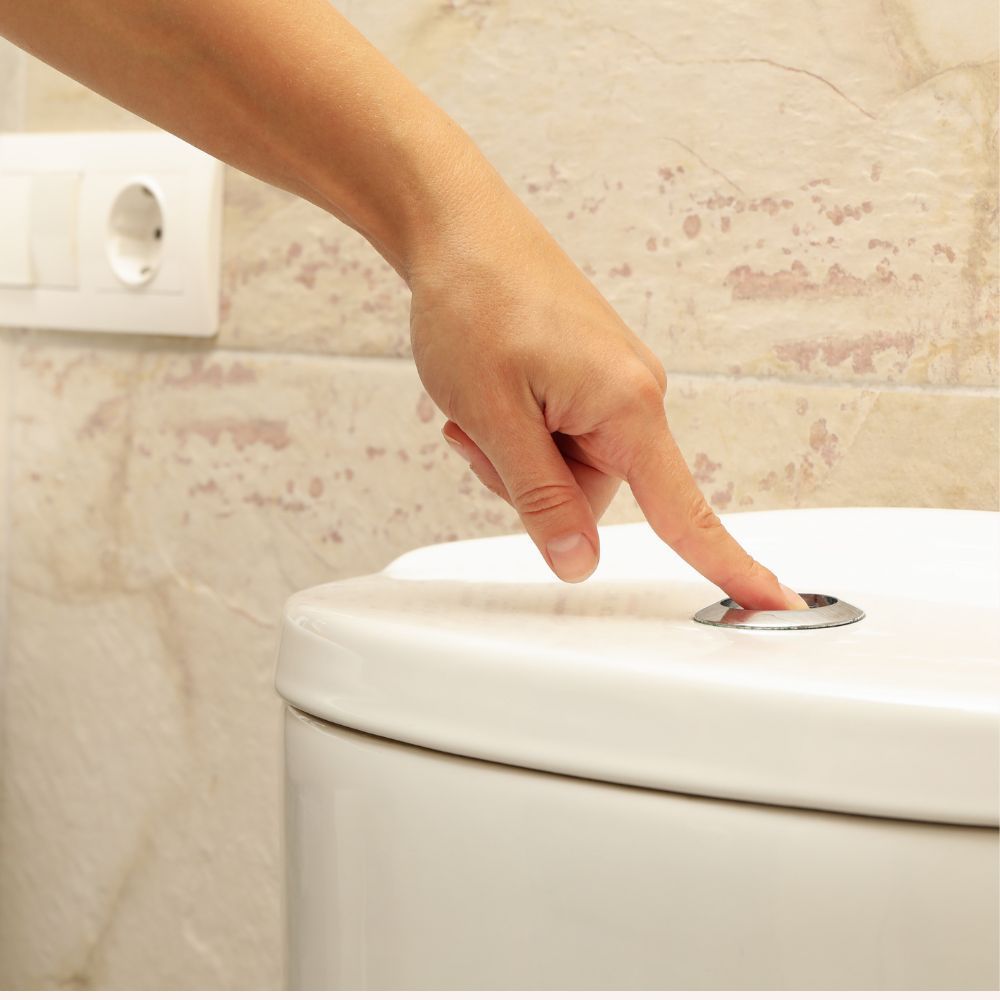
The Takeaway
The process of changing out the toilet flush button is not a hard process, but you need to go carefully so that you don’t break the cistern or lose any of the pieces along the way. Start out with everything (tools, etc.) laid out so that you have it all within easy reach. This will mean that you don’t have to scramble to find anything while you’re holding up a toilet cistern!
Now that you know how to change a toilet flush button, you won’t have to worry if yours breaks with wear over time.
If you need more help with your toilet flush button issues, give AQUATEK a call on 07793 206136, and we will be more than happy to walk you through it!
